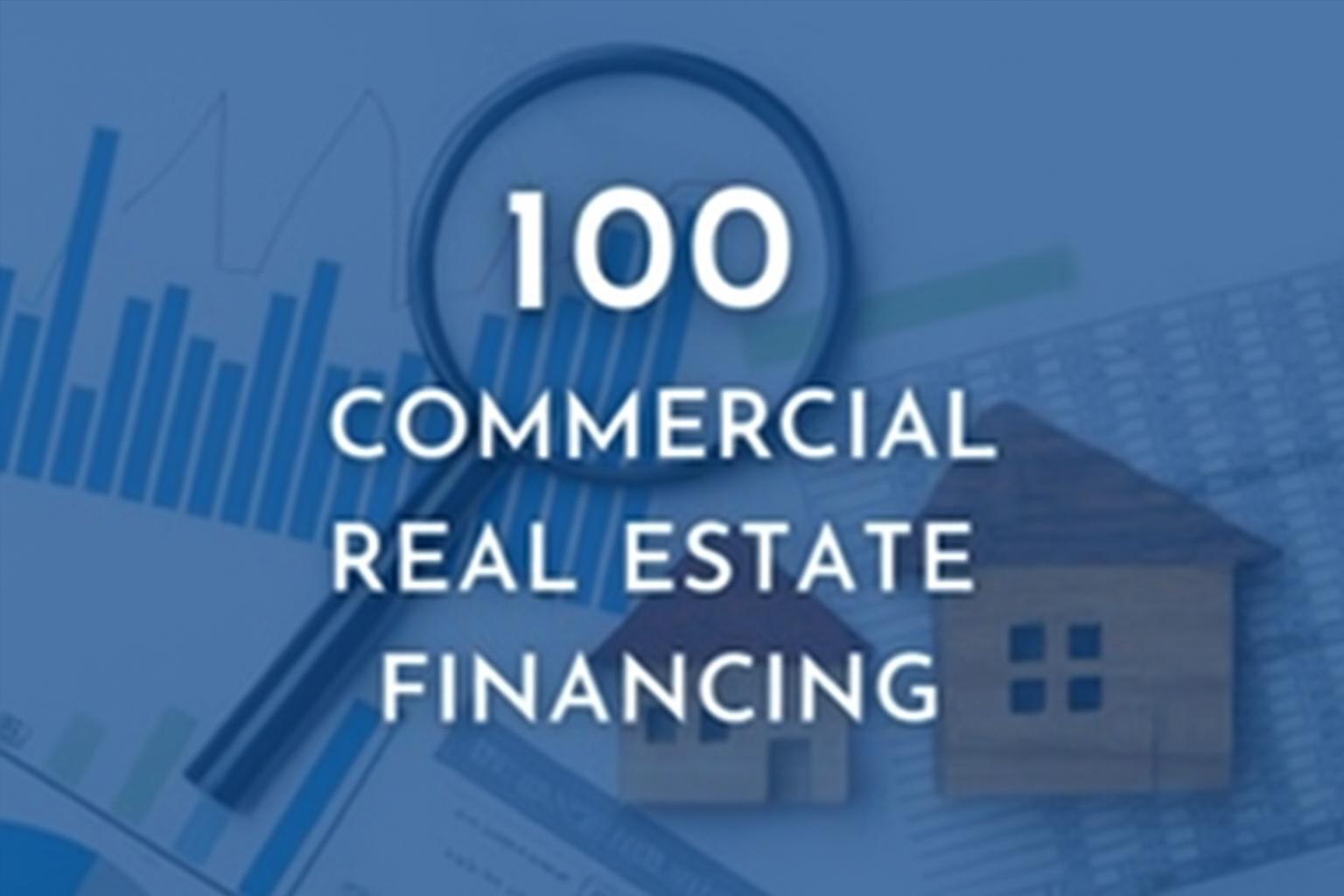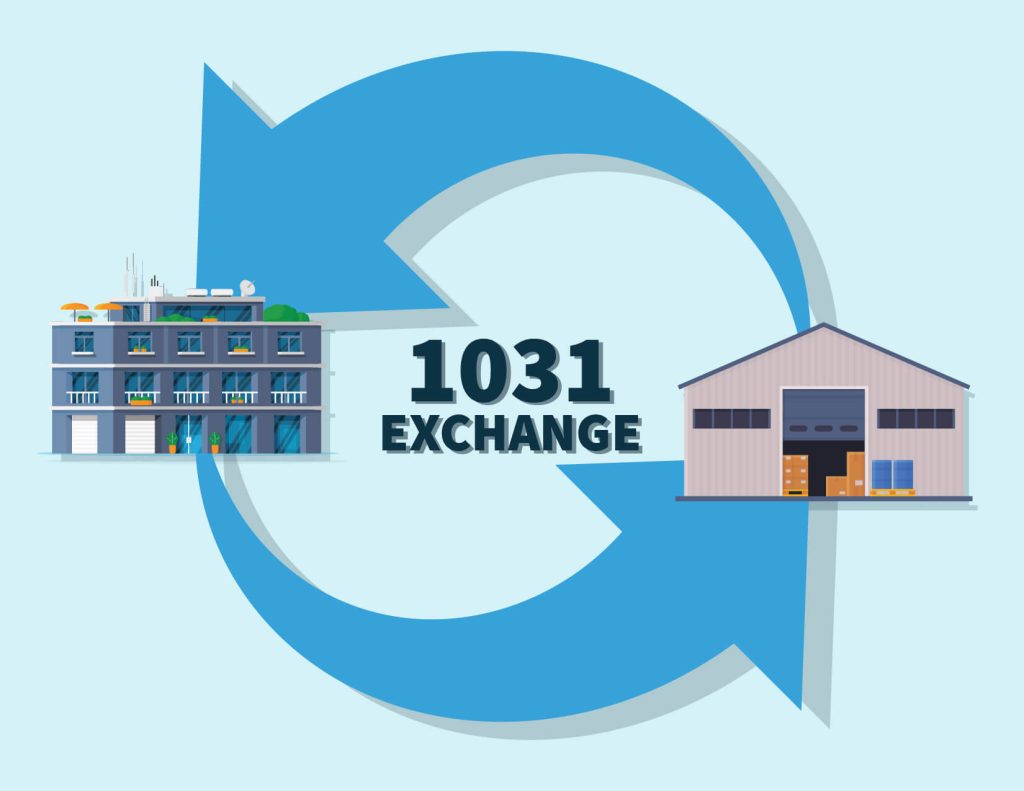📌 Table of Contents
1. Introduction
2. Stage 1: Pre-Development & Market Research
3. Stage 2: Land Acquisition
4. Stage 3: Due Diligence
5. Stage 4: Entitlements & Approvals
6. Stage 5: Financing
7. Stage 6: Design & Planning
8. Stage 7: Construction
9. Stage 8: Marketing, Leasing & Asset Management
10. Conclusion
🏠 Introduction: Why Understanding These 8 Stages Matters
Whether you're a new investor, a developer, or a real estate consultant, understanding the 8 stages of real estate development is critical for minimizing risks and maximizing returns. Each stage is interconnected, and skipping one could lead to costly mistakes, legal issues, or project failure.
This guide breaks down the process with clarity, examples, and insights tailored for 2025’s market environment.
🧭 Stage 1: Pre-Development & Market Research
This foundational stage involves identifying market needs, zoning constraints, and feasibility analysis. Developers assess:
- Demographics
- Job growth and income trends
- Infrastructure developments
- Regulatory environment
Example: In 2025, emerging demand in second-tier cities (like Raleigh or Boise) offers high ROI due to affordability and remote work migration.
Pro tip: Use local planning department reports and MLS data to confirm absorption rates and rent growth.
🌍 Stage 2: Land Acquisition
After confirming viability, the next step is securing the right land. This can include:
Raw land
Infill parcels
Redevelopment opportunities
Land costs vary significantly, and negotiating favorable terms is essential. In 2025, off-market land deals secured through brokers or direct outreach often yield the best margins.
📋 Stage 3: Due Diligence
Before closing the land deal, developers perform:
Title reviews
Environmental assessments (Phase I ESA)
Survey and soil testing
Legal compliance checks
Skipping due diligence can result in costly remediation or lawsuits later.
Example: A 2024 project in Arizona failed due to missing wetland delineation, costing the developer $350,000 in penalties.
🏛️ Stage 4: Entitlements & Approvals
This stage involves securing government approvals such as:
Zoning changes
Building permits
Environmental clearance
Community hearings
Insight: In 2025, municipalities emphasize sustainable design and traffic impact assessments. Projects aligned with green building codes face fewer delays.
💰 Stage 5: Financing
Real estate development typically involves a mix of:
Equity (developer/investor capital)
Debt (bank loans, mezzanine financing)
Government incentives (Opportunity Zones, TIFs)
Lenders want detailed pro formas and demonstrated feasibility. In 2025, expect tighter underwriting standards and interest rates between 6.5–8%.
🏗️ Stage 6: Design & Planning
At this point, architects and engineers are engaged to create site plans, floor plans, and utility schematics.
Key considerations:
Energy-efficient materials
Fire/life safety codes
ADA compliance
Using BIM (Building Information Modeling) reduces clashes and improves construction accuracy, especially for multi-use developments.
🛠️ Stage 7: Construction
Construction may be phased (horizontal then vertical), and involves:
Groundbreaking
Site prep
Vertical build (foundation to roof)
Final inspections and punch list
Tip: In 2025, prefabricated modular construction is gaining traction for reducing build time and labor costs by 15–25%.
🏢 Stage 8: Marketing, Leasing & Asset Management
Once built, marketing and leasing efforts begin:
Digital campaigns
Broker outreach
Lease-up incentives
For income-generating assets, strong property management ensures tenant satisfaction and retention.
Insight: Real estate CRM platforms now use AI to optimize leasing strategies and reduce vacancy rates.
❓ FAQs
1. What is the most important stage in real estate development?
While all stages are crucial, due diligence is arguably the most critical. It uncovers legal, environmental, and zoning issues that can derail a project. Developers who skip this often face delays, fines, or even lawsuits. This stage protects both capital and timeline.
2. How long does a real estate development project take?
A typical mid-sized development takes 18 to 36 months. Timeline varies based on project complexity, permitting speed, and financing. For instance, multifamily projects in major metros may face longer entitlement processes, extending timelines by 6–12 months.
3. What is land entitlement in real estate?
Land entitlement is the legal process of gaining government approvals for development. It includes zoning, environmental reviews, and public hearings. Without entitlements, construction cannot legally proceed. It’s often the riskiest phase in the development timeline.
4. How do developers finance their projects?
Most developers use a mix of debt and equity financing. Banks provide loans, while investors contribute capital. In 2025, tools like crowdfunding, syndications, and government-backed loans have grown in popularity among small- to mid-size developers.
5. Are there risks in each development stage?
Yes. From acquiring contaminated land to construction cost overruns or failed lease-ups, each stage holds unique risks. Experienced developers mitigate these through contracts, insurance, and thorough planning.
6. What trends are shaping real estate development in 2025?
Key trends include modular construction, green building compliance, and AI-powered leasing and asset management. Urban infill and adaptive reuse projects are gaining traction due to land scarcity and zoning incentives.
7. What role does zoning play in development?
Zoning determines what type of structure you can build and how it’s used (residential, commercial, mixed-use). Projects must align with local zoning codes or seek variances/rezoning through public hearings and approvals.
8. What are soft costs vs hard costs?
Hard costs: Physical construction expenses (materials, labor).
Soft costs: Architecture, engineering, legal, permits, marketing.
Managing both effectively is key to staying on budget.
9. Can small investors participate in development?
Yes. Through real estate syndications, joint ventures, or crowdfunding platforms, small investors can fund projects and share in returns. These models democratize access to high-yield development opportunities.
10. How important is site selection?
Critical. The wrong location can doom a project. Developers analyze accessibility, demographics, infrastructure, and future growth patterns. In 2025, proximity to transit and walkable amenities significantly boosts project viability.
✅ Conclusion: From Vision to Reality
The 8 stages of real estate development form a roadmap from raw land to revenue-generating assets. With careful planning, accurate data, and expert guidance, developers can navigate each phase successfully even in a dynamic 2025 market.
If you're planning a new project or want expert consultation, consider partnering with a licensed development advisor to avoid pitfalls and boost profitability.


















Blog Comments (0)